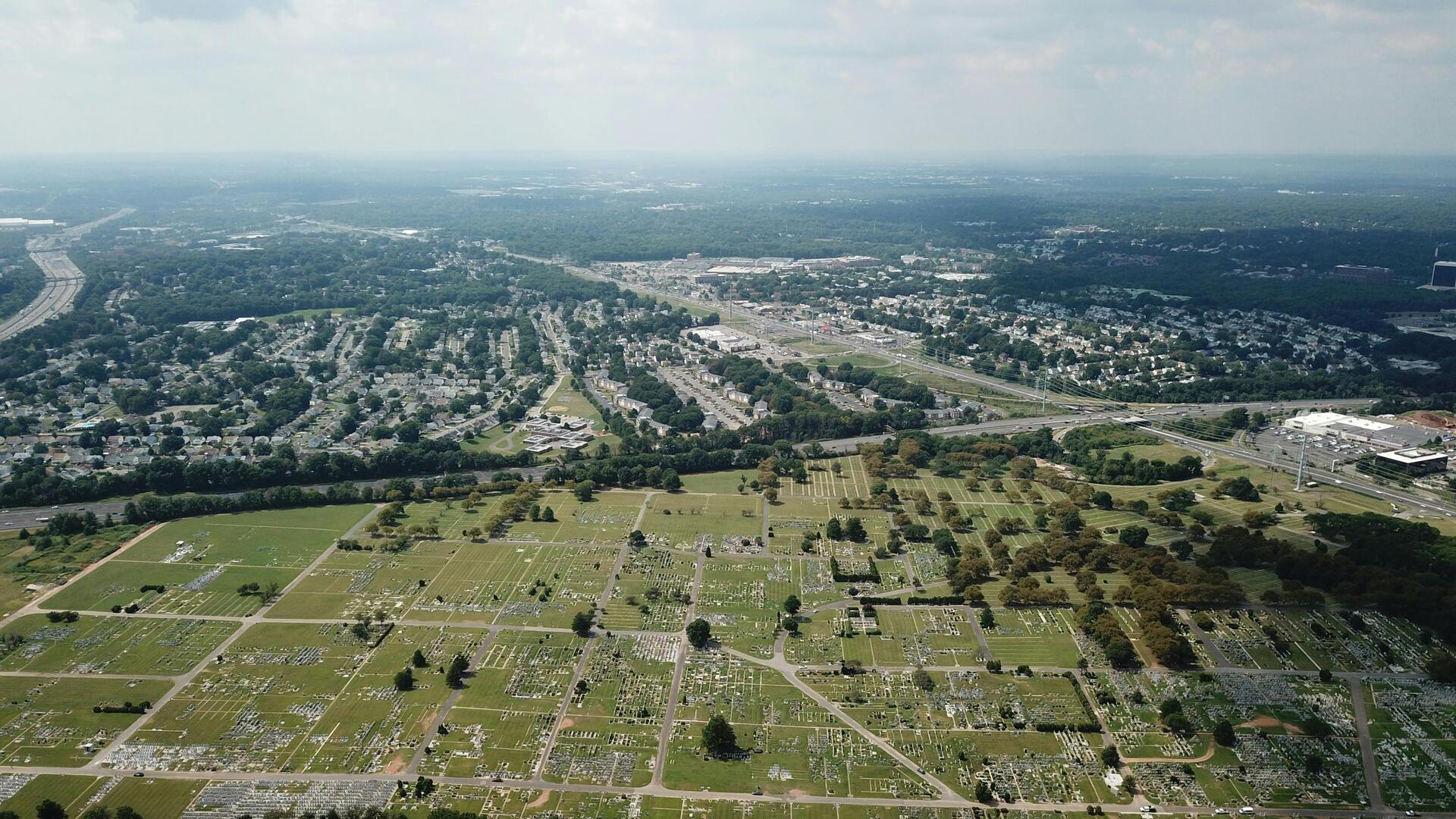When most people think about buying land, they tend to focus on the purchase price alone. It seems straightforward: agree on a price per acre or per plot, hand over the money, and get your title. But if you’ve ever been through the process—or know someone who has—you know it’s not quite that simple. There are several hidden costs that can catch you by surprise if you’re not prepared.
This is especially true for women stepping into property and construction, where knowing the full cost helps you protect your peace of mind and avoid costly delays. So, here’s what you should budget for beyond the sticker price of the land.
Stamp Duty
This is a government tax on property transfers and it can be quite significant. For urban land, it’s usually about 4% of the purchase price. For rural land, it’s lower—around 2%, and for commercial land, the rate jumps to about 6%. This fee must be paid before the title transfer is registered, and it adds a sizable chunk to your costs.Legal Fees
You’ll need a conveyancing lawyer to help with the contracts, verify ownership, conduct land searches, and handle transfer paperwork. Legal fees are typically charged as a percentage of the land value, but the Advocates Remuneration Order caps how much lawyers can charge, so it’s wise to ask for a clear quotation upfront.Survey & Beaconing
If the land is part of a subdivision—or if the beacons aren’t clearly established—you will need a licensed surveyor to re-establish or confirm boundary markers. This prevents disputes later on. Costs vary depending on the size and location of the plot but plan for a few tens of thousands of shillings at least.Land Rent & Rates Clearance
Before a title is transferred, sellers must clear any arrears in land rent and rates. For leasehold land, the seller must clear any outstanding rent payable to the National Land Commission (NLC). Similarly, arrears on land rates charged by county governments need to be settled before transfer. Sometimes buyers cover these outstanding amounts to keep the process smooth, so factor this cost in.Valuation Fees
The government will conduct a valuation to verify the market value of the land for stamp duty purposes. You, as the buyer, will usually pay this fee. It can range from a few thousand to tens of thousands depending on the property.Registration & Processing Fees
Several small fees are payable at the Lands Registry—such as transfer fees, consent to transfer fees, and search fees. Each may be small, but together they add up.Land Control Board Consent (for agricultural land)
If you’re buying agricultural land, you’ll need approval from the Land Control Board (LCB). This approval is legally required to confirm the transaction is allowed. The official fee is modest, but additional facilitation or administrative charges may apply.Change of User / Zoning approval costs (if needed)
If you’re buying agricultural land but plan to put up residential or commercial property, you’ll need to budget for a "change of user" to convert the land’s zoning. This process involves application fees, county approval, and publication in the Kenya Gazette—which all come with costs.Utility Connections
Don’t overlook connecting your land to utilities. Extending water, electricity, and sewer lines can be costly—in some areas, simply getting electricity extended to your plot may cost hundreds of thousands of shillings.Miscellaneous Costs
These include bank transfer charges, notary fees, transport costs for site visits, and unfortunately, sometimes “facilitation” fees or unofficial costs. While the latter are not legal, they do occur and it’s good to be aware.
Have you come across any surprising costs in your land-buying journey? If you’re reading this by email, just hit reply and share your experience. If you’re on the web, drop your thoughts in the comments section below.
And if you found this useful, make sure you subscribe so you don’t miss the next guide in this series.

